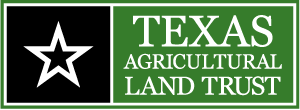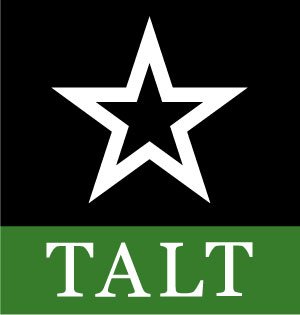Prairie Dog River Ranch
“Some land is so unique that it deserves to be actively protected against development”
“Some land is so unique that it deserves to be actively protected against development,” says Mike Hughes, who along with his family, recently enacted a conservation easement, which will be held by the Texas Agricultural Land Trust (TALT), on the Prairie Dog River Ranch. The ranch is located almost entirely in the Palo Duro Canyon complex. Palo Duro Canyon, the second largest canyon in the United States, is characterized by diverse topography, changing elevations, intense color and striking views, making the Prairie Dog River Ranch which is situated on the canyon’s north side, a rarity. The ranch is home to a myriad of wildlife including mountain lions, Rocky Mountain mule deer, bald eagles and threatened species such as the Texas Horned Lizard and the Palo Duro Mouse. As the name implies, Prairie Dog River Ranch also contains live water, which has attracted people for millennia.
“People have inhabited Palo Duro Canyon for 12,000 years, leaving traces of their presence,” he says. “Our ranch has been home to the Antelope Creek culture, the Comanches and to Charles Goodnight.” Since its settlement as part of the historic JA Ranch, the property now known as Prairie Dog River Ranch, has been cared for by only two additional owners, including the Hughes family.
“The woman who was the ranch’s second owner had witnessed the impact of oil and gas development on the land of her childhood and she never forgot the changes that development brought,” Hughes says. “It was her wish that this ranch would stay the way it was – and we wanted the same thing. We enacted the conservation easement to keep it as open space forever.”
Located just 30 minutes from Amarillo and in the heart of this ruggedly beautiful area, the ranch is subjected to more development pressure than many people might suspect.
Working with TALT, the Hughes family negotiated a tailor-made conservation easement to meet their specific objectives. Under the terms of the conservation easement, which “runs with the land,” allowable activities include commercial ranching, grazing, wildlife management, hunting, fishing, and outdoor nature-related activities and research, but limits future partitions and building activity. How to manage the ranch, for example whether to graze or not to graze, is completely left up to the landowner. TALT, as the conservation easement holder, is entrusted to ensure that the terms of the easement are upheld forever.
“The conservation easement allows us to continue to use the land and enjoy its benefits, while prohibiting future development,” says Hughes. “It is a perfect fit for our family and the ranch.”
Photos by Wyman Meinzer



